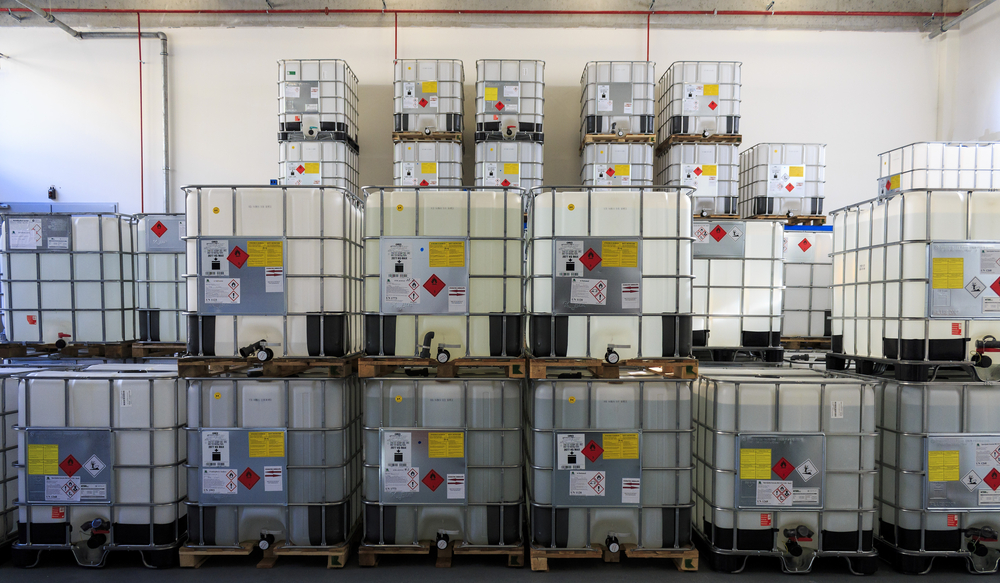The chemical process industries (CPI) are undergoing a significant transformation. Following updates to the European Union’s Classification, Labeling, and Packaging (CLP) Regulation — which are set to take effect this year — companies must adapt to new classifications, labeling requirements and digital accessibility mandates. While regulations are increasing year on year for many sectors, including the chemical industry, so are the demands for businesses to align their environmental, social and governance (ESG) practices. Updates to the CLP regulation are part of a wider E.U. chemicals strategy and global revision of certain chemical standards, aiming to produce a safer and more sustainable environment.
The latest CLP revisions are designed to improve label clarity, enhance consumer safety, and ensure greater transparency in chemical handling and distribution. While this is essential for global harmonization with the UN’s Globally Harmonized System (GHS), it presents substantial compliance challenges for chemical manufacturers, distributors and suppliers.
Failure to meet the new CLP requirements could lead to regulatory penalties up to $5 million, supply chain disruptions and restricted access to the E.U. market. The stakes are at an all-time high, making the demand for robust and agile compliance strategies more critical than ever. So, what’s the solution? A useful solution lies in Cloud-based labeling solutions, which enable organizations to streamline their processes, reduce errors and ensure consistent compliance with CLP across global operations and facilities.

Chemical producers must be aware of new label-management requirements stemming from the CLP regulation (Source: Shutterstock)
Is your labeling falling short?
According to research on industry trends, 86% of companies say labeling failures impact their bottom line, underscoring that compliance has never been more vital — yet, are chemical companies adequately prepared?
Meeting the new CLP requirements is a daunting task to say the least. Updates to the regulation will require chemical companies to increase font size and spacing on their labels, meaning they have less space for all the necessary content. However, many organizations are currently using outdated tools that are not purpose-built for this, making compliance nearly impossible without manual oversight. Others are combining multiple disparate and legacy solutions to meet complex chemical labeling requirements. Unfortunately, these approaches often lead to labeling errors and delays, resulting in significant fines and business disruptions — issues that are likely to persist unless companies adopt more advanced, purpose-built solutions.
To meet all requirements within the tight deadlines outlined, companies can reap benefits if they standardize on a single Cloud-based labeling solution that can underpin a wide variety of label design and printing needs.
Cloud automation is the key
By investing in a modern Cloud-based labeling solution, chemical companies can centralize labeling data and automate updates. This ensures that all facilities, suppliers and partners can securely access the latest regulatory information in real-time — thus eliminating discrepancies and enhancing overall compliance readiness.
Additionally, this type of labeling solution seamlessly integrates with Enterprise Resource Planning (ERP), Product Lifecycle Management and other critical business systems. These include SAP- and Oracle-based systems. This capability guarantees that label data is automatically synchronized with supply chain and production workflows, which helps to minimize costs, improve agility, enhance operational efficiency and reduce manual errors.
Finally, automating labeling through the Cloud provides comprehensive end-to-end traceability. By doing this, chemical companies gain complete visibility into label changes, approvals, and distribution while enabling rapid issue resolution when needed. Such a level of traceability is essential for mitigating risks and proactively addressing regulatory audits, giving chemical companies confidence in their ability to track and trace products with precision.
Compliance beyond CLP
The updated CLP Regulation is not the only new or evolving regulation that the chemical industry is concerned with right now. With global rules, regulations and guidelines constantly changing, chemical companies need modern labeling solutions that support their business needs and help them stay compliant.
By adopting a forward-thinking approach to labeling, chemical companies can not only meet current regulatory requirements but also protect their operations against evolving compliance challenges in the future. In a sector where compliance is critical, investing in Cloud labeling technology is not just about meeting regulations, but also about driving efficiency, resilience and long-term success.
Author
 Janez Sodja is a chemical labeling expert at Loftware and an accomplished Sales and Business Development leader with over 20 years of experience in enterprise software.
Janez Sodja is a chemical labeling expert at Loftware and an accomplished Sales and Business Development leader with over 20 years of experience in enterprise software.